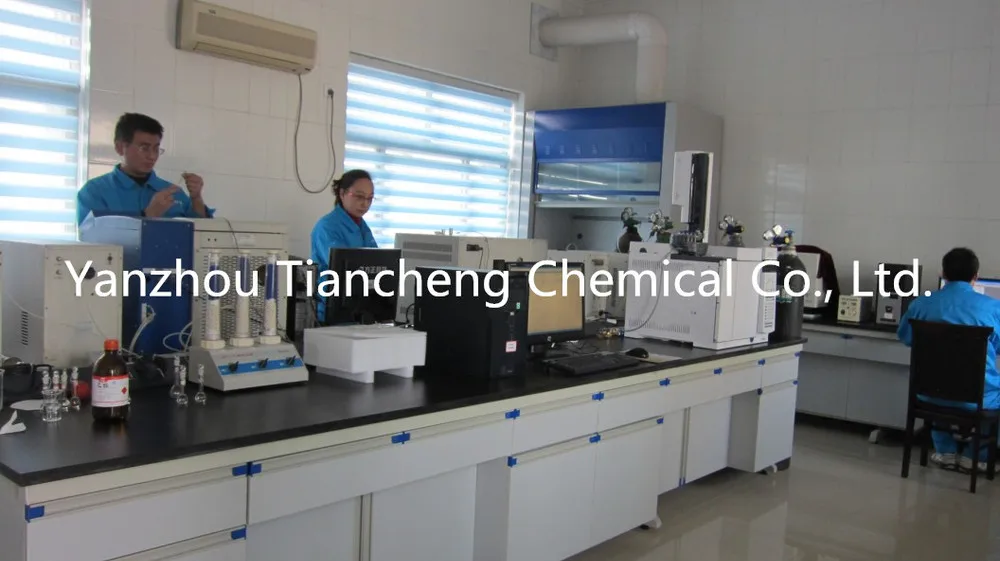Grain refinement is an effective way to improve the strength and toughness of steel at the same time. At present, there are two main methods for refining grains: deformation treatment and chemical addition. The deformation treatment method mainly adopts controlled rolling and controlled cooling technology in steel production. Grain refinement; chemical addition is achieved by adding ultrafine particles to the steel to achieve grain refinement. Wang Guocheng added Al2O3 nanopowder with a particle size of 120nm in steel to improve the strength and impact toughness of steel and to refine non-metallic inclusions. Chemical addition methods are not widely used in production, and most of them are in the laboratory research stage.
In order to optimize the production process of Q345C steel, the scholars of Shandong Co., Ltd. carried out the experiment of adding QTi steel to the Q345C steel in the Q345B ladle without changing the original steelmaking and rolling process of Q345B steel, and studied different nano TiN. The effect of particle addition on the mechanical properties and metallographic structure of Q345 steel. The results show that the mechanical properties of the test steel produced by adding 0.05% nano-TiN particles in Q345B ladle can meet the requirements of Q345C steel and improve the production efficiency of Q345C steel rolling steel by more than 20%. Adding mass fraction of 0.05% nano-TiN particles, the grain size of the test steel is 8-10, the grain has a certain degree of refinement, and the TiN particles exist in the pure material state in Q345 steel, which plays a certain degree of heterogeneity in the steel. Nuclear and pinning.
I. Introduction
Papermaking dry strengthen agent is our company`s new and self-developed products that using imported raw materials. Its mechanism of action is: Dry Strength Agent use polymer mesh structure to increase hydrogen bonding number in the mutual area of fiber to fiber. Dry strength agents in the combination area of long-chain polymers can be deformed, thus increasing the bond toughness. It could improve paper strength by the bridging ability formed by chemical function to make fibers and fibers have "implicated"
II. Technical indicators
|
|
|
|
Name |
Dry strength agent |
|
Appearance |
Colorless viscous liquid |
|
Solid content% |
15%±1% |
|
Viscosity mpa.s(25℃) |
3000-13000 |
|
PH value |
3.5-5.0 |
|
Storage period (normal temperature) days |
3months |
|
Note: PH value is adjustable according to user requirements |
|

III. Function
The dry strength agent is not only a good enhancement, but it also has a higher enhancement effect in waste papers with more fine fiber filler. The use of our dry strength agent can improve paper quality, and it also significantly increase production efficiency, reduce costs and increase economic efficiency.
IV. Method of Application and Notes
1. When diluted with clean water, the dilution multiples of our product is generally about 15 to 30 times. After the product was stirred sufficiently, add uniformly to the slurry in an amount of 5 ~ 10 kg / ton.
2. Adding position that selected could have a full contact with the slurry. Generally choose ingredients pool, high box or import pump.
3. Use a plastic or stainless steel as the material for products storage, dilution tank, piping etc.. Iron-based material will produce corrosion and thickening phenomenon will occur.
4. Do not mix with Other Chemicals.
V. Packing
1000 kg barrels, or according to user requirements.
Dry Strength Agent
Dry Strength Agent,DSR,Dry Strength Additive,Chemicals Dry Strength Agent
Shandong Tiancheng Chemical Co., Ltd. , https://www.akdchemical.nl